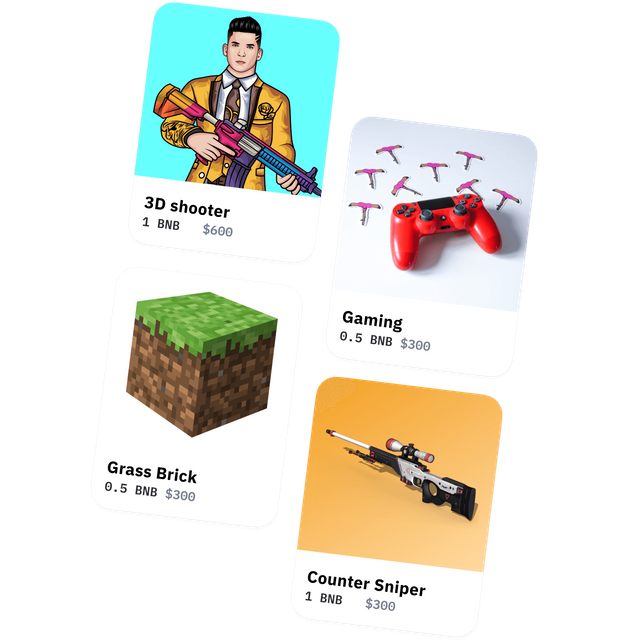
Introduction
In recent years, the rise of NFTs (Non-Fungible Tokens) has revolutionized the digital landscape, offering unique opportunities for artists, creators, and collectors alike. Among the various sectors embracing this technology, NFT gaming collectibles have emerged as a lucrative market with significant hidden revenue potential. In this article, we will explore the world of NFT gaming collectibles, their appeal to enthusiasts, and the diverse avenues for generating revenue within this fascinating realm.
Understanding NFT Gaming Collectibles
NFT gaming collectibles are digital assets that represent ownership or provenance of unique in-game items, characters, or virtual properties. These tokens are built on blockchain technology, ensuring their scarcity, authenticity, and traceability. With NFTs, gamers can collect and trade one-of-a-kind items, creating a sense of exclusivity and value within virtual gaming worlds.
The Appeal of NFT Gaming Collectibles
NFT gaming collectibles have captivated the gaming community due to several enticing factors. Firstly, these digital assets provide players with the opportunity to showcase their individuality and creativity by owning unique in-game items or characters. Owning rare NFTs can enhance a player's status and reputation within the gaming community.
Secondly, the limited supply and verifiable scarcity of NFT gaming collectibles make them highly sought after. The concept of rarity adds an element of excitement and anticipation to the collecting experience. Additionally, the possibility of future appreciation in value further incentivizes collectors to invest in these virtual assets.
Revenue Streams in NFT Gaming Collectibles
The hidden revenue potential of NFT gaming collectibles extends beyond their initial purchase price. Let's explore some of the key revenue streams within this burgeoning market:
a. Primary Market Sales
The primary market refers to the initial sale of NFT gaming collectibles by developers or creators. As these tokens are often released in limited editions or special events, collectors eagerly participate in these sales, driving up the demand and value of the assets. By acquiring desirable NFTs during the primary market phase, collectors can later capitalize on potential price appreciation.
b. Secondary Market Trading
One of the most exciting aspects of NFT gaming collectibles is their vibrant secondary market. After the initial purchase, collectors can trade their NFTs with other enthusiasts on various digital marketplaces. These marketplaces facilitate peer-to-peer transactions, allowing collectors to buy, sell, or exchange their assets at negotiated prices. Through strategic trading, collectors can profit from fluctuations in market demand and rarity.
c. Play-to-Earn Mechanisms
Certain NFT games incorporate play-to-earn mechanisms, enabling players to generate income through their in-game activities. By owning and utilizing valuable NFT gaming collectibles, players can unlock unique abilities, access exclusive gameplay features, or earn virtual currencies that can be converted into real-world value. This innovative approach blurs the line between gaming and entrepreneurship, offering players the chance to monetize their skills and investments.
d. Collaborations and Sponsorships
As the popularity of NFT gaming collectibles continues to soar, collaborations between influential artists, brands, and gaming studios have become prevalent. Collectors who own limited-edition collaborations can leverage their assets to secure sponsorships or partnerships. These collaborations often involve the creation of exclusive NFTs tied to popular franchises or well-known personalities, attracting a broader audience and potentially increasing the value of existing collectibles.
Conclusion
NFT gaming collectibles have revolutionized the gaming industry, introducing a new dimension of ownership, creativity, and revenue generation. The hidden revenue potential of NFT gaming collectibles is vast and diverse, encompassing primary market sales, secondary market trading, play-to-earn mechanisms, and collaborations.